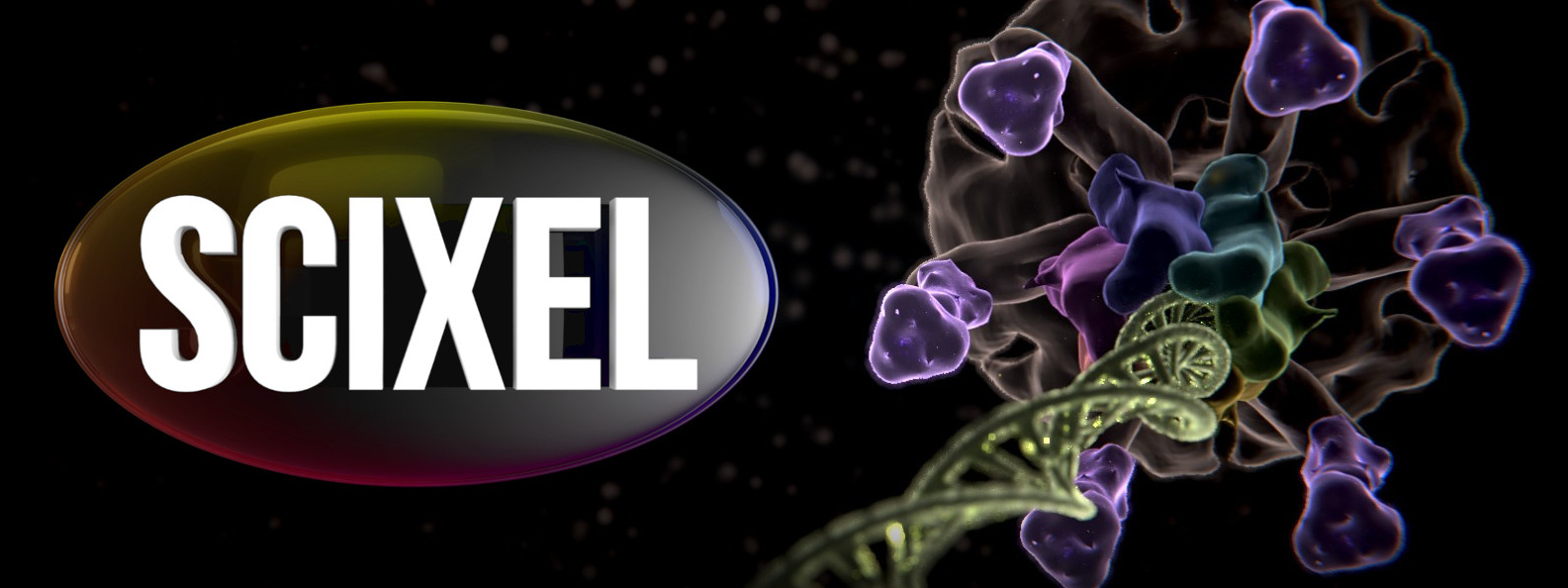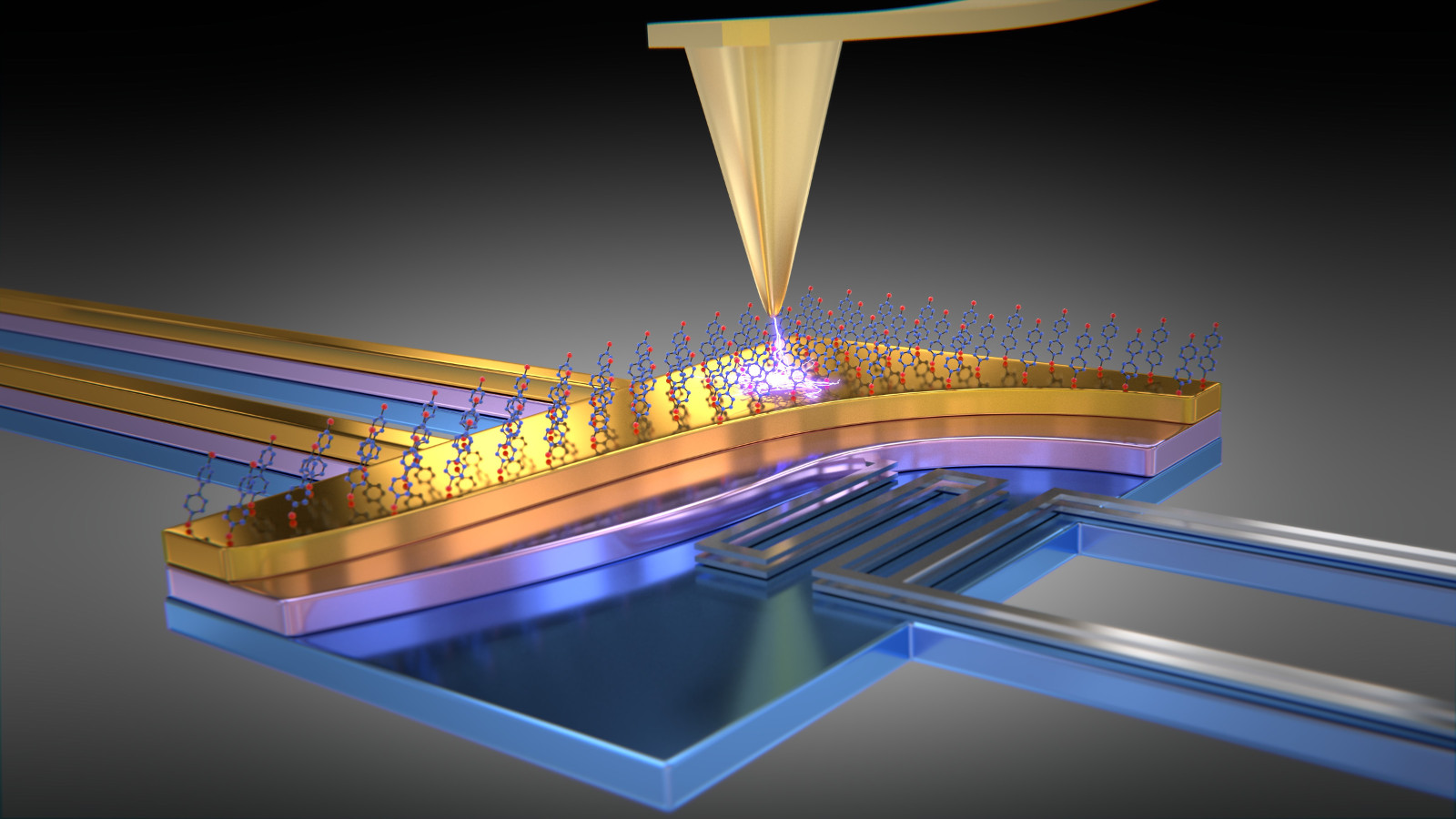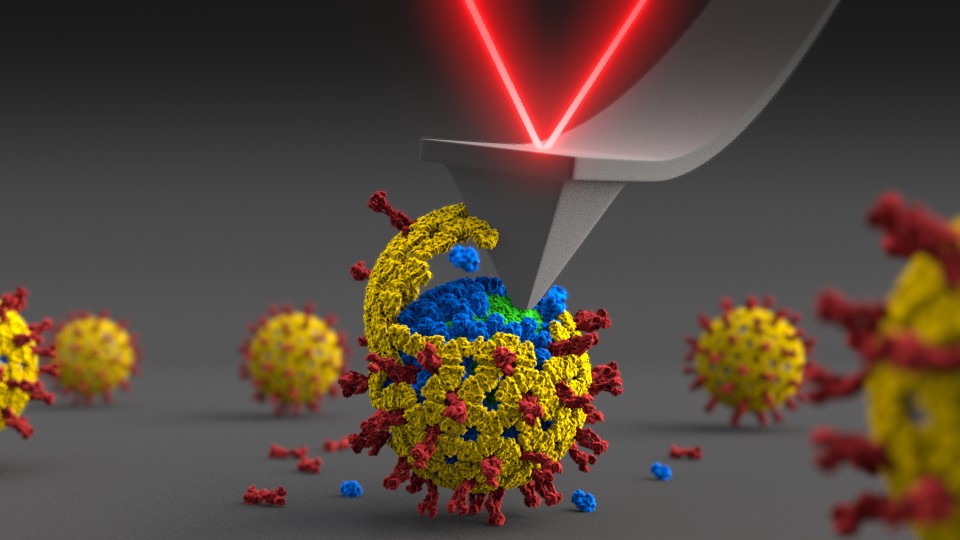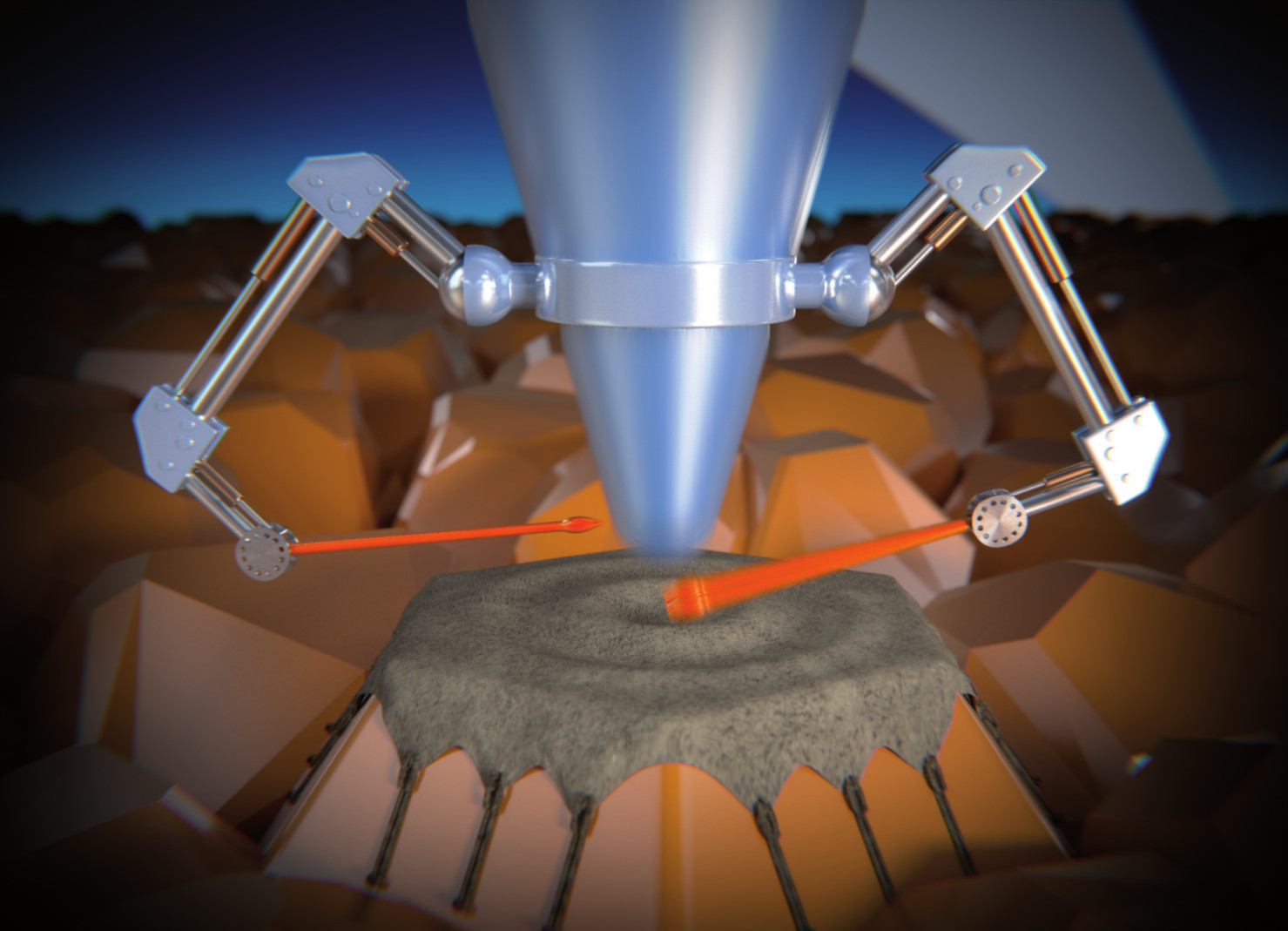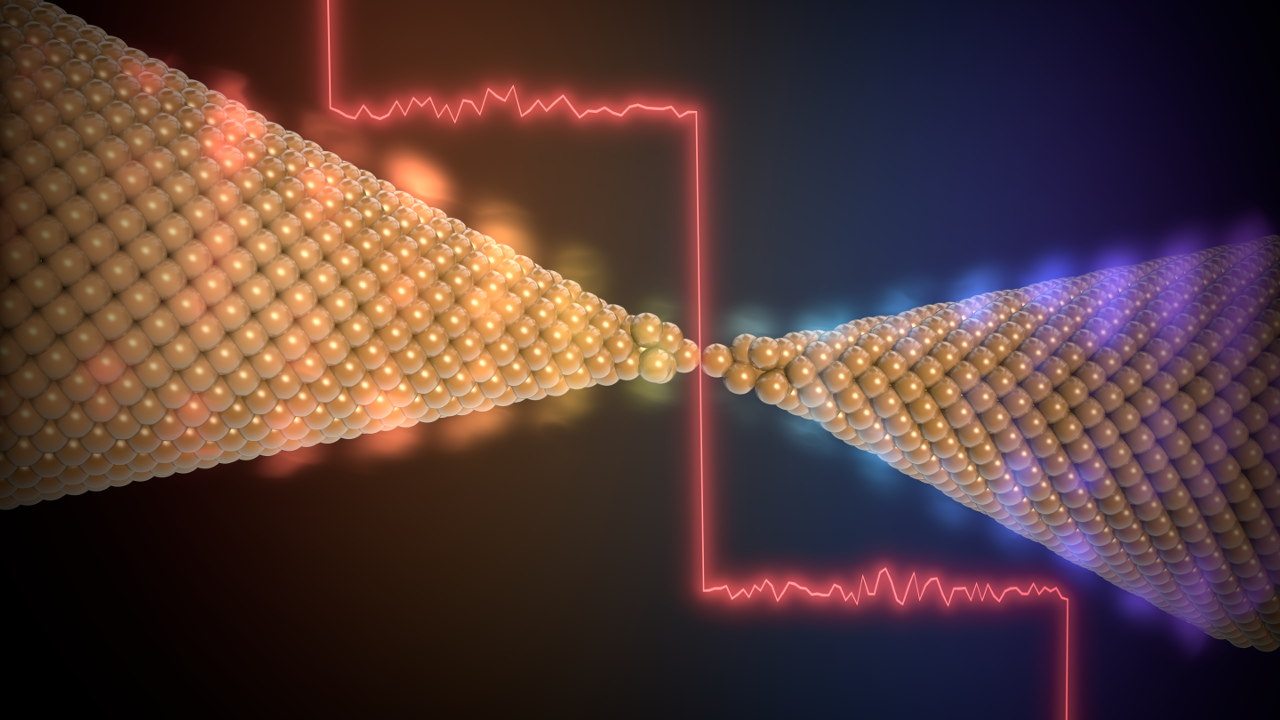[Sorry for the bad joke]
One of the issues of nanocircuits is heat dissipation. As in the macro world, at the nanoscale, it is imperative to find a way to cool circuits. Thanks to a collaboration between the University of Michigan and the Universidad Autónoma de Madrid, has been proved that a particular arrangement of molecules in nanocircuits, achieves and optimizes molecular termoelectric refrigeration.
This result has been published in Nature Nanotecnology.
